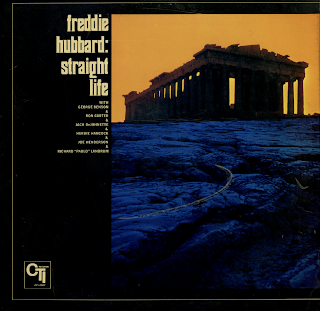Study War No More
Shirley Caesar
With The Thompson Singers
Produced by John Bowden
Cover Photo: Bill Smith - Aristocrat Studios
Art Director: Dick Smith
Recorded at Scepter Recording Studios, New York City
Audio Engineer: Josh Pridgen
Hob Records - A Division of Scepter Records, Inc.
HOB HBX 2144
1972
From the back cover: The past year has brought Shirley more honors and recognition than ever before. She won the Grammy Award from best Soul Gospel performance of 1971; starred on the nationally syndicated television program Soul; was featured in Ebony and in the book, The Gospel Sound: Good News and Bad Times. Her successful appearances at colleges like Florida A. And M. have further expanded her audiences.
Everyone knows Shirley as an extraordinary showman, a great storyteller, and a mistress of rocking gospel. This album suggests the range of her talent. I've always considered her among the most imaginative gospel stylists of her generation. One reason is her solid grounding in a down-home North Carolina quartet; her father, Big Jim Caesar was one of the great Carolina quartet leads. Notice the warm quartet feel in her re-arrangement of Down By The Riverside. Or if you want the modern sound, Shirley give People Get Ready its finest gospel performance, and fills Get Up My Brother with contemporary messages. Her sister Anne is also featured on this tune.
Get Up My Brother
Have Thine Own Way Lord
When The Savior Reach Down For Me
Study War No More
The Prayer
People Get Ready
Nobody But You Lord
Teach Me Master
The Healer





































